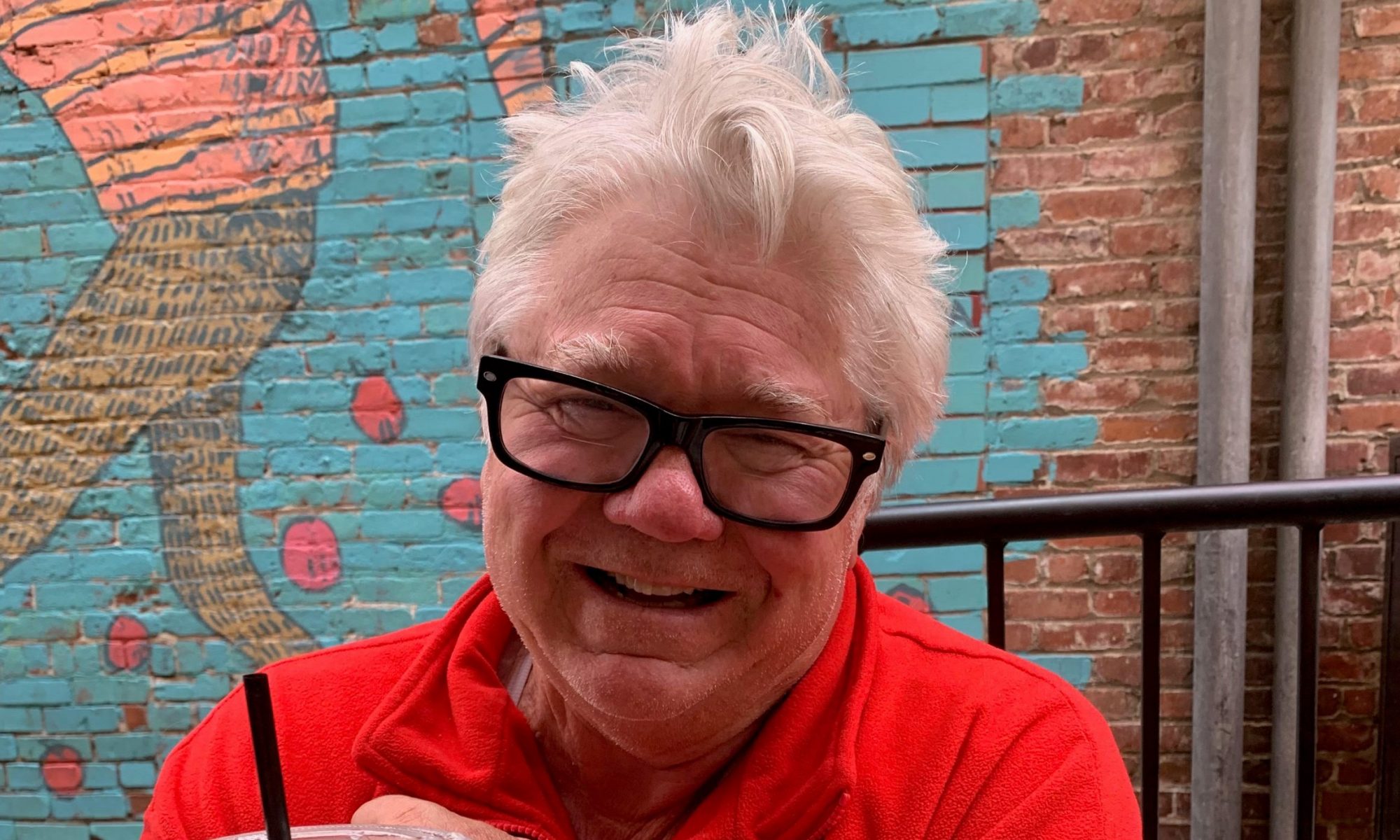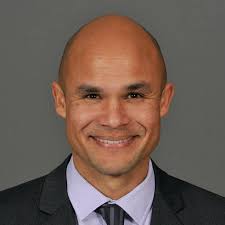Redlands Connection is a concoction of sports memories emanating from a city that once numbered less than 20,000 people. From the Super Bowl to the World Series, from the World Cup to golf’s U.S. Open and the Olympics, plus NCAA Final Four connections, NASCAR, the Kentucky Derby and Indianapolis 500, Tour de France cycling, major tennis, NBA and a little NHL, aquatics and quite a bit more, the sparkling little city that sits around halfway between Los Angeles and Palm Springs on Interstate 10 has its share of sports connections. – Obrey Brown

Art Till, inventor of T-Ball? In the military, stationed in Hawaii during the 1970s, Till went to work in his workshop one day and developed a stand on which a baseball could be placed, then hit off. It worked out.
“There’ll be people that will tell you,” said Till, “that someone else invented tee ball. I’m quite certain it was me.”
As youth leagues in both baseball and softball get ready to tee off in 2018, including a barrage of tee ball-based leagues, Till’s invention bears some attention.
It may seem strange to an outsider. T-Ball may have changed the plight of youth baseball forever. In a sport that requires a great deal of hand-eye coordination, placing a ball on a tee for a five- or six-year-old instead of pitching it seemed like a stroke of genius.
Eventually, Till moved to Redlands where the sport caught on in the 1970s. “It was such a simple idea,” he said.
Youth baseball in Redlands used to begin for kids when they were about eight-years-old. But as youth soccer players began surfacing in that sport at age five, baseball needed a gimmick to bring youths into its sport at an earlier age.
“This,” said Till, referring to T-Ball, “did the trick.”
Till says he was the one. There were others who made the claim.
It could have been St. Petersburg, Florida’s John Zareas, who claimed he developed tee ball at Seymour Johnson AFB in North Carolina back in 1960.
During the 1990s, a physician Zareas knows challenged the retired Air Force lieutenant colonel’s claim to the game. Browsing the Internet, the doctor found the name of another man credited with developing tee ball, Zareas said.
Zareas had published a copyrighted tee ball rules book for youngsters in 1965. A copy resides in the Baseball Hall of Fame library in Cooperstown, N.Y., reference librarian Claudette Burke said.
Copies of Zareas’ service records reflect his effort. The governor of New Hampshire nominated him for a presidential Point of Light award during former President George H.W. Bush’s administration. Newspaper articles and television reports have discussed his role in the development of a game now played by an estimated 2.2-million youngsters nationwide.
A Milton, Fla., Reverend, Dayton Hobbs, said he began a local tee ball program in 1960.
The Hall of Fame also has a newspaper article saying an Albion, Mich. man began the game there in 1956.
Bing Broido is president of Tee Ball USA, a non-profit support group for youth organizations. Broido said Branch Rickey, owner of the old Brooklyn Dodgers, had his players use a tee in the 1940s. Later, Broido said, some Canadian players put a ball atop a cow-milking device on a flexible tube.
Who should get credit for inventing the game is a tough call, he said.
Zareas continued to promote tee ball when the Air Force assigned him to Japan, which was where he wrote down rules.
It cost $20 to copyright them. From Japan, the game gradually spread among service families to Hawaii, Southern California, across the southern United States, then to New York and New England, he said.
Hawaii was where Till was stationed. And the onetime Redlander, whose wife Norma was librarian for years at Mentone Elemengary, disputed all of these claims.
Tee Ball USA, a national organization to which Till was not a member, doesn’t charge to belong and sponsors no leagues.
Hobbs, who trademarked tee ball in the 1970s, had been pastor at Milton’s Grace Bible Church for well over 50 years. He said he got the idea to use a tee while reading about college coaching techniques in California. He first used a tee to help a teen team practice its hitting, then started using the tee for the youngest players as a safety measure.
He said he registered a tee ball trademark with the federal government in the early 1970s. “It’s become general because we couldn’t make any claims to tee ball,” he said, crediting the Navy with spreading the game.
Till was sure of himself. “I’m not out to make a big deal out of this. I built the tee and we organized T-Ball games back in Hawaii. I brought it to Redlands when we moved here.”
It was only a possible Redlands Connection.
FROM ART TILL’S DAUGHTER, KELLIE O’CONNOR, March 13:
Please allow me to correct the record on a few of your statements about my father, Art Till and his connection to T-ball in Redlands. You quote Art Till as if you recently spoke to him about this subject. Art Till passed away in June of 1996, almost 22 years ago. Your article makes it sound like Art is very braggadocios with statements such as: “There’ll be people that will tell you,” said Till, “that someone else invented t-ball. I’m quite certain it was me.” My father never made this claim. My father’s claim was that he introduced t-ball to Redlands Baseball for Boys, as it was known then. My father was introduced to t-ball when he was stationed in Hawaii in the 1960s. After we moved to Redlands in 1967 (your article said Art Till was stationed in Hawaii in the 1970s), my father was coaching a farm team that had probably two dozen players. He proposed the idea that the younger players participate in t-ball games on Sundays, so they would not interfere with the Redlands Baseball for Boys regular games and the younger kids would get a positive first exposure to baseball. After confirmation that coaches and parents were on board with the idea, my father went to the hobby shop at Norton Air Force Base to make the first tees. My father, Art Till, never claimed to be the inventor of t-ball but was proud to acknowledge his connection to t-ball in Redlands and was an active coach for many years in town for both his sons and grandsons. May I suggest you refer back to the Redlands Daily Facts article you wrote that was published August 25, 1996, to refresh your memory of the facts.
Hello, Kellie,
First of all, GREAT to hear from you. I’m a little fuzzy on the dates – you write that Art passed away in June 1996, then refer to an article that I wrote in Aug. 1996 about him. Are you sure that article came out two months after he passed away? My recollections, especially since I kept my notes, were that he actually did claim to be the inventor of T-Ball. I kept trying to zero in on that, especially since it’s a relatively spectacular fact (I believed him, incidentally — still do). As for the your assertion that I make it sound like Art is “very braggacodios with statements” … the fact is, he said it exactly that way. He made the claim. I didn’t. I simply wrote it up. I love the additional information about playing T-Ball games on Sunday so not to interfere with Farm games, plus his devotion to his sons and grandsons. Typical good Dad, always willing to pitch in.











